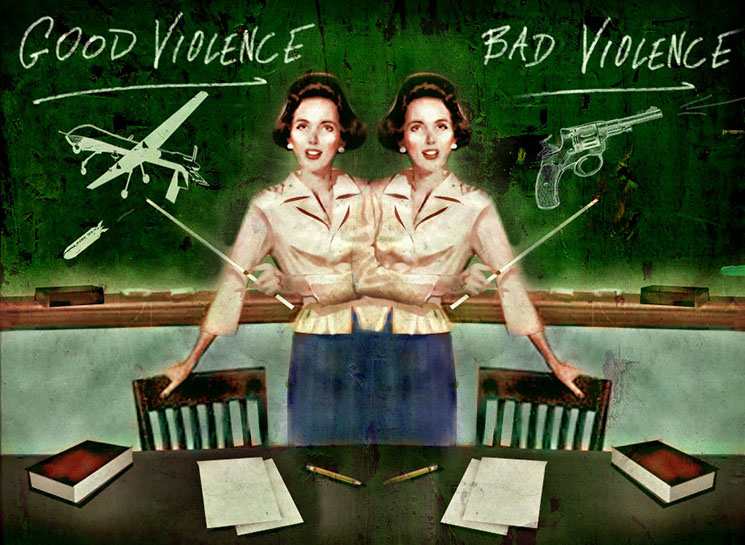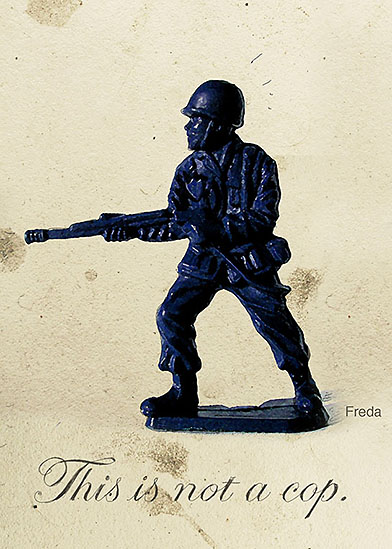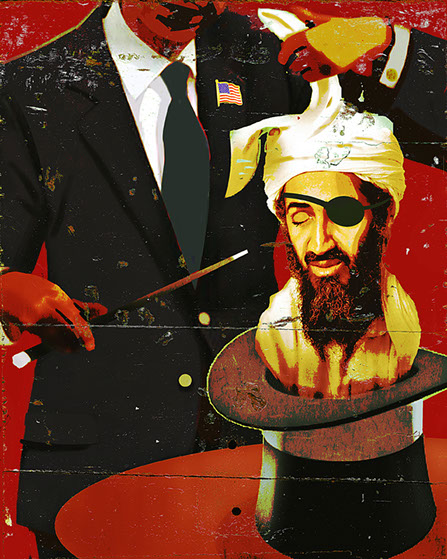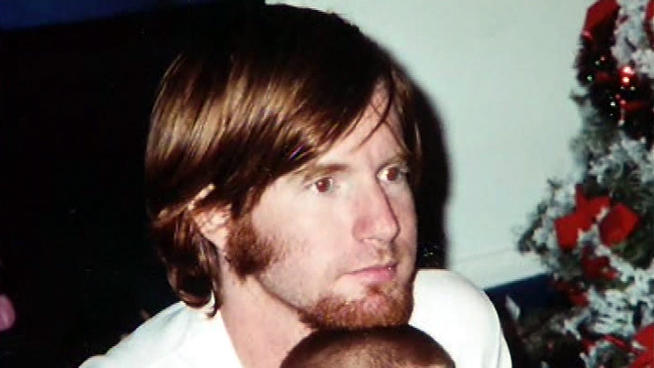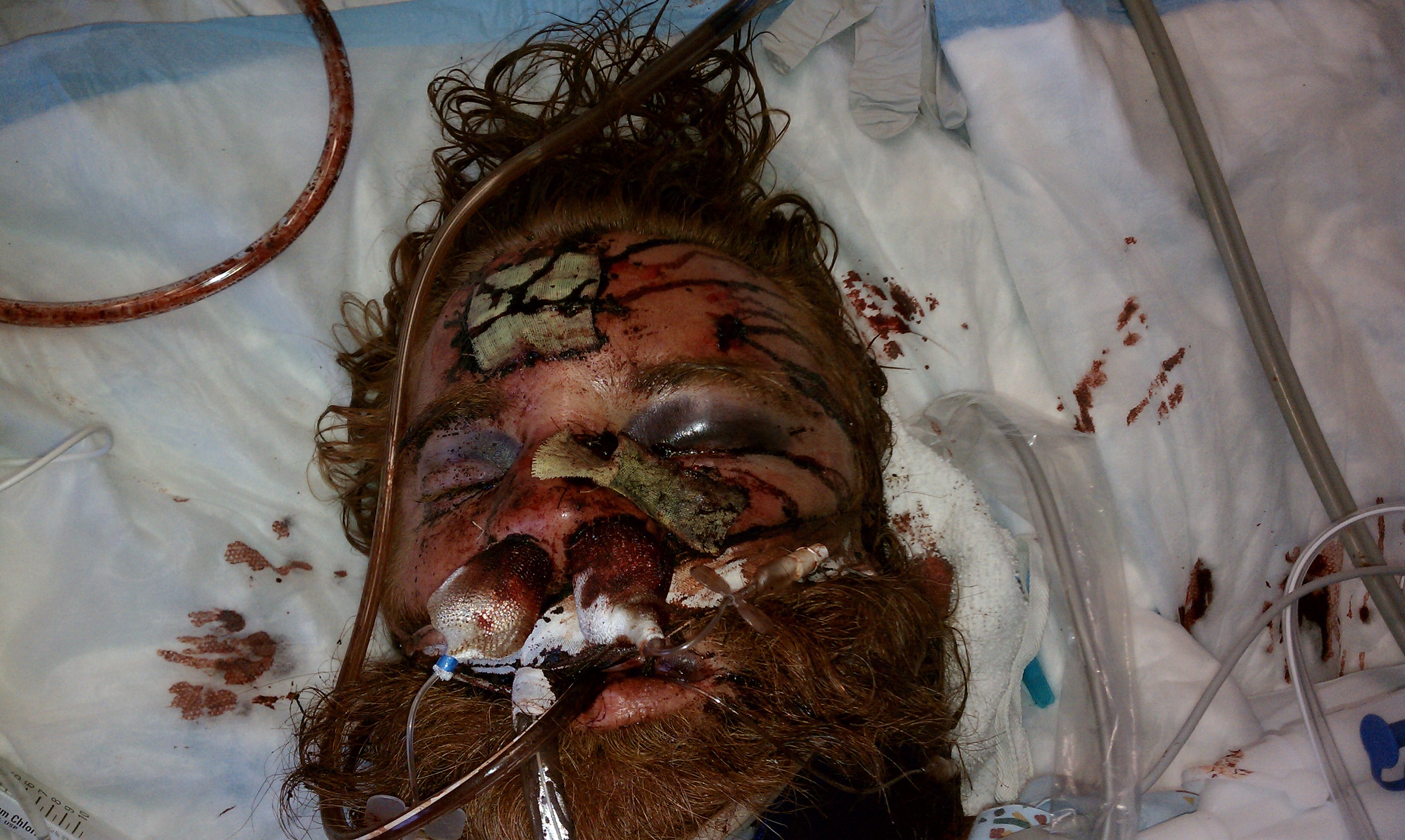That we are a divided people is not breaking news.
Our divisions are reflected back to us every day. We are consistently presented with the forced-choice of our social, political and religious identities. One belongs to a particular social class and not others. One is either a “conservative” or a “liberal”. One is a “Christian” or a “Jew” or a “Muslim” or a “Hindu” or a “Buddhist” or some other religious label. These are just a few of the ways we identify ourselves. Somehow it became very important to label ourselves and each other. Perhaps this helps us stay with the illusion of “knowing” who we are.
There is another form of division that transcends the “usual suspects” of the various labels already described. This is the division between the opposing agendas of materialism and spirituality. One of the central features of these differing agendas is the question of whether or not violence is deemed acceptable as a means of solving problems. This question also correlates with the contrasting views of separation and connection. Materialism emphasizes the separateness between each of us while realistic spirituality focuses on the connections we share with each other and our world.
The materialistic perspective attributes the highest priority to creating, selling and acquiring Things. This view asserts that the centrality of Things is what life is really all about. In this framework, people are a means to an end. This is sometimes known as “productivity”. If one is “productive” in the proper way then one is recognized as a valuable person. One is considered an “asset”.
The spiritual perspective embraces a very different orientation. It holds to the belief that it is not things that have significant value but rather it is Love and Life itself that is truly valuable. People are to be loved and things are to be used. This perspective is grounded in the belief that all life is inter-connected and inter-related rather than separate and in a state of competition.
This division becomes most apparent in terms of those who are willing to use violence to get what they want and those who refuse to resort to violence to achieve their goals. When a person, when life itself, is seen as a means to an end it becomes acceptable, even laudable, to control, exploit or destroy if that’s what it takes to reach a goal. Domination and destruction are contradictory to the goals of healthy spirituality.
When life is considered sacred it can no longer be objectified as simply a means to an end but instead is known and related to as part of the infinite manifestation of Love.
We can belong to the World of Things or the World of Love. We cannot avoid this choice.
Why focus on the contrast between violence and nonviolence? This framing points to the question of how human problems are to be solved. It is the desire to solve our problems that unites us while it is the methods for achieving those solutions that causes us to diverge into the contrasting problem-solving forms of violence (materialistic power) and nonviolence (spiritual power).
The exercising of Materialistic Power essentially says: “Comply or die.” This “death” may be quite literal or it may be metaphorical in terms of deprivation of needed resources or basic freedoms. It is the straightforward imposing of physical force or intimidation on a person or group to induce their obedience.
The exercising of Spiritual Power, on the other hand, presents a perplexing set of refusals and active responses. When operating from a sense Spiritual Power a person refuses to “fight fire with fire” with the oppressor, refuses to run away from threatened harm, refuses to disengage from the oppressor and refuses to comply with the oppression process. Essentially a person acting from this orientation says: “I won’t fight with you on your level. I won’t run away from you. I won’t end my relationship with you and I won’t obey your unethical manipulations.” The active response is at least as perplexing. While under siege from the oppression of Materialistic Power the active response from one grounded in Spiritual Power is an unwavering “I love you.”
Violence exists as a broad spectrum of attitudes and actions. Its trademark is in its seeking to dominate and diminish the Other who is always regarded as quite separate from the perpetrator of the violence. It seeks victory by destroying or controlling the Other who is defined as a threat of some sort. Its manifestation may take the form of a physical attack with weapons designed to amplify the intended destructive power of the attacker. It may also take the form of a more subtle, non-physical attack (e.g. character assassination) that can nevertheless produce devastating results.
Violence as a process can also be understood as a projection of a person’s pain and/or fear. If one has not dealt constructively with these experiences the temptation to disown them becomes very powerful: “I will hurt you so that you will have to deal with my pain and I won’t. It will become your pain. I will scare you so that you will have to deal with my fear and I won’t. It will become your fear.”
There are those who believe in the use of violence as the method of choice to solve a broad range of human problems. If the end result is sufficiently valued then the means are considered justified. Counted among these believers are women and men, young people and old people, the wealthy and the not-so-wealthy, liberals and conservatives and the full spectrum of religious labels. Those who accept this kind of problem-solving are represented across a wide range of ethnic, social and economic backgrounds. There are law-makers and law-breakers, from the local level to the international stage, who subscribe to the idea that the end justifies the means and that this is how problems get solved.
There are also people from all of the groups just named who completely reject the notion that violence is an acceptable method for solving human problems. They maintain that the means to the desired end cannot be contrary in nature of that end: War cannot create Peace, Oppression cannot create Freedom, Hatred cannot create Love. This group holds that the Means and the End are inseparable.
Nonviolence can be best understood as the active expression and demonstration of love and not as the mere absence of destructive attitudes and actions. When we speak of love it is easy to go off on some wild goose chase as to what this really means. The love conveyed in active nonviolence is a kind of sacrificial love. This is the kind of love that consciously chooses to accept and endure real suffering for the sake of another, specifically for the sake of healing the perpetrator. This kind of love does not define the perpetrator as the “enemy” who must be destroyed or defeated. Instead, Sacrificial Love seeks to help the perpetrator become aware of the truth of his or her real inter-relatedness to the person or people he or she is hurting. In traditional language, it is the deep truth that we are all brothers and sisters to each other.
No less an intellect than Albert Einstein stated: “We cannot solve our problems with the same thinking we used when we created them.”
If we give credence to Einstein’s claim about the nature of problem-solving it becomes logically impossible to believe that the problem of violence, whether this is a problem between nations, between individuals or within ourselves, can be solved through violent methods. The time has come to free ourselves from the mental prison that holds us in the insane belief that declares: “We have to kill people who kill people to show them that killing people is wrong.”
It becomes necessary to change our way of thinking and understanding in order to solve our problems. It is necessary to shift our awareness and our perspective in order to successfully solve our problems. We cannot solve our problems with the same low-level thinking that got us into trouble in the first place. If our house is burning down we cannot save it with a flame-thrower!
The problem of violence within ourselves is a crucial one. As previously stated, if one does not successfully heal his or her inner violence and the injuries from it then one will be very likely to project this destructiveness onto someone else. It is necessary to establish this internal healing as the foundation to solving human problems on an interpersonal level as well as between various social groups.
No less a wisdom teacher than Jesus of Nazareth explained metaphorically that one must first take the wooden beam out of one’s own eye before attempting to remove the splinter out of another’s eye. (Luke 7:5)
If we are to take him at his word, this means that we need to start healing our own impairment and suffering in order to stop perpetuating violence against ourselves which is often invisible to the rest of the world but the individual (who, in this case, is both perpetrator and victim) is acutely aware of his or her own internal self-torture process (e.g. “I’m such an idiot!”, “I’ll never be good enough!”, “No one would want to be with me if they knew what I was really like.”, etc.). We need to attend to our own healing and make peace within ourselves before we start telling, coercing and demanding that the other person (or group or nation) act a certain way to put their house in order.
What divides us is a faulty perception of how separate we are from each other. This misperception supports the belief in the “win-lose” form of problem-solving in our lives. When all we see is our disconnectedness is becomes easy to assume that competition in the only way to achieve needed solutions.
We move from division to unity when we start to see that the truth of our existence is one of connection and belonging. What were once seen as major differences between one another can now be recognized as largely superficial. We begin to love more and more inclusively as we realize that any injuries we do to others we do to our selves and that the compassion we extend to others is also the compassion that we receive.

